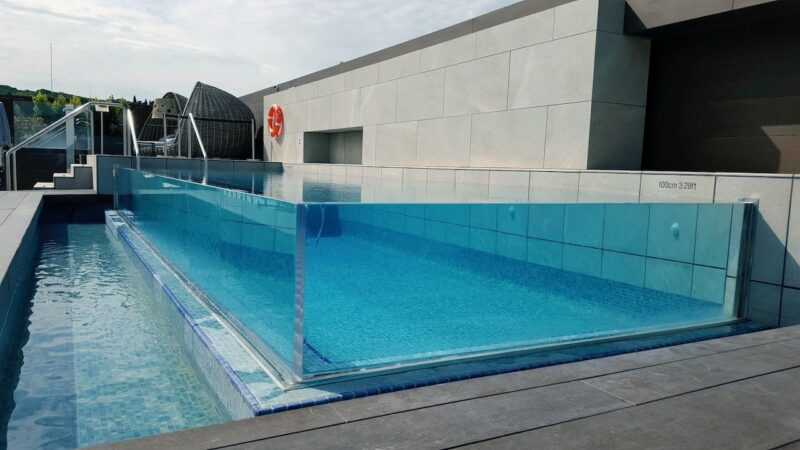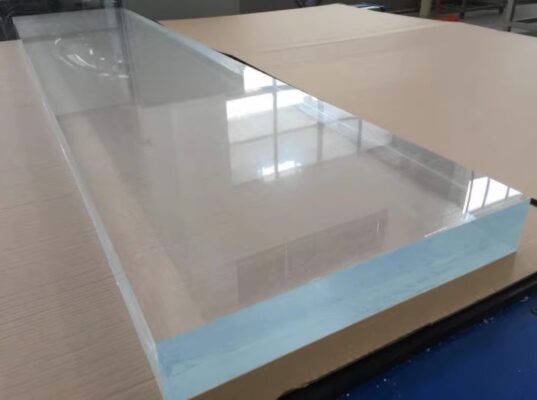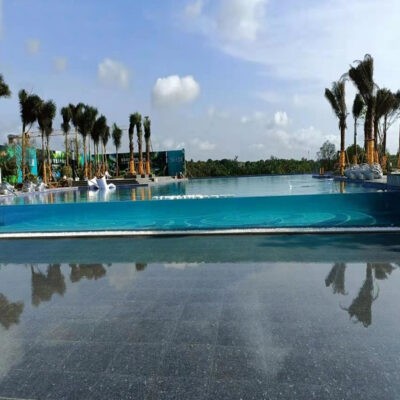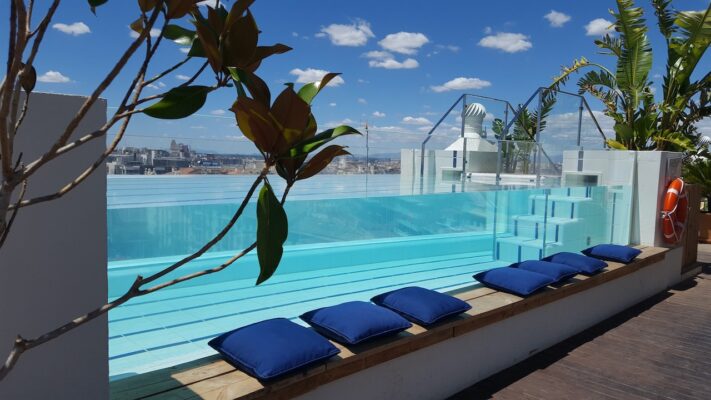Acrylic swimming pools, what do you know about Acrylic Pools?
There are various types of Acrylic Pools such as clear infinity pools, inground pools, acrylic side pools, suspended pools and natural landscape pools.
Large acrylic pools are suitable for large venues, while small and medium-sized venues can choose smaller but beautiful pools. Each type of pool has its own unique characteristics and applicable scenarios.
There are various types of acrylic swimming pools, each with its own unique characteristics and applicable scenarios. The following are some of the
common types of acrylic swimming pools:
1. transparent infinity pool: this type of pool is unique in design and visually stunning. By using transparent acrylic material to make it, the pool looks like it is hanging in the air or extending into the distance, giving the impression of floating in the air or on the edge of a cliff.
2. In-ground acrylic swimming pools: usually designed in the basement or the ground floor of the courtyard, made through the transparent acrylic material, so that people can enjoy the surrounding scenery while swimming.
3. Acrylic Edge Pools: made of acrylic material for the edge of the pool, making the edge of the pool look transparent and airy, increasing the beauty and modernity of the pool.
4. Suspended Acrylic Pool: Combine the acrylic material with the floor, so that people can see the scenery below the pool through the floor while swimming, increasing the fun and uniqueness of the pool.
5. natural landscape acrylic pool: this pool and the surrounding natural landscape into one, such as mountain, seascape or garden landscape, so that the pool and the natural environment reflect each other, creating a harmonious and unified sense of beauty!
In addition, according to the size of the venue and the specific needs, you can also build different sizes of acrylic swimming pools, such as large acrylic swimming pools, its size can reach a width of 10 to 20 meters, the length of 20 to 50 meters, the height of 2 to 3 meters. While small and medium-sized venues can build relatively small but equally beautiful and practical acrylic swimming pools
Analysis of the advantages and disadvantages of acrylic swimming pools:
Acrylic swimming pools are popular for their high transparency and weather resistance. Advantages include high transparency, high impact resistance, high design freedom, good weather resistance and easy cleaning and maintenance.
However, light sensitivity and high maintenance requirements are its disadvantages. It is necessary to avoid prolonged high temperature environments when in use, and to clean and maintain it on a regular basis.
Acrylic swimming pools, as the leader of modern swimming pools, are becoming more and more popular among the public because of its high translucency and weather resistance, which is far superior to other materials. But every material has advantages and disadvantages, so let’s take a look at the advantages and disadvantages of acrylic pools.
Advantages:
1, Acrylic pools offer 93% transparency, creating a blue sea-like experience, unlike concrete or fiberglass pools.
2, Acrylic’s impact resistance is 10 times stronger than glass, reducing rupture risks from water pressure and collisions.
3, Acrylic’s plasticity allows for custom pools designs tailored to different needs. Reach 100 ℃ or more can be bent and other various fine crafts.
4, Acrylic’s UV resistance prevents yellowing and brittleness, making it ideal for long-term outdoor use.
5, Acrylic’s smooth surface resists dirt buildup, making cleaning and maintenance easy.
Disadvantages:
1, Avoid prolonged exposure to high temperatures outdoors, as acrylic pools are sensitive to light.
2, Microorganisms in water can penetrate acrylic gaps, requiring regular cleaning and maintenance for optimal pool performance.
Additional links:
- For fitness, a lap pool with at least 60 feet in length and proper depth is ideal.
- Learn more about the benefits of acrylic fish tanks in our Acrylic Aquarium Guide.
- For backyard aesthetics or a serene retreat, consider plunge acrylic pools or designs with integrated water features




